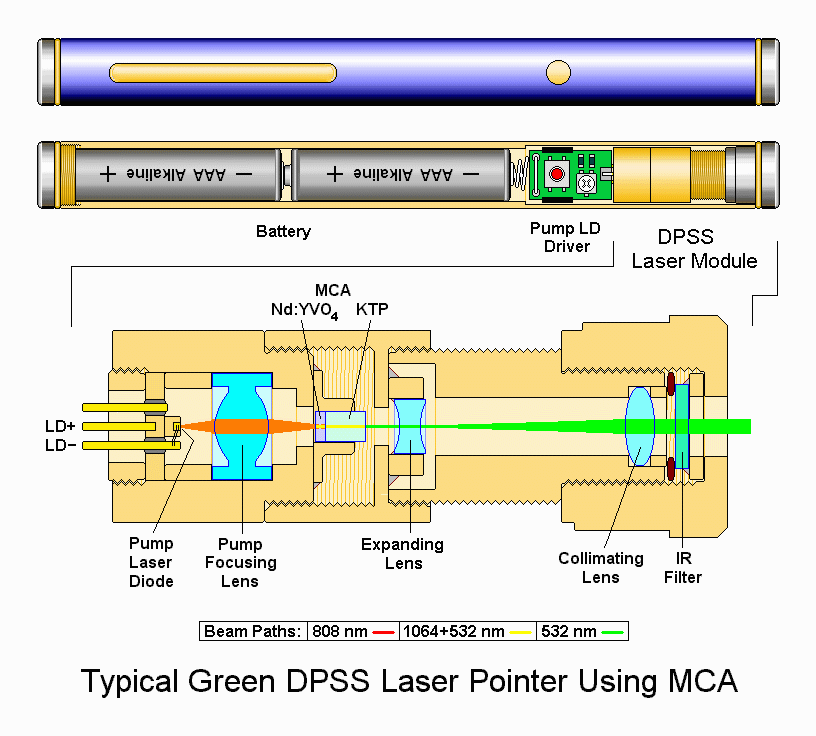- Joined
- Oct 11, 2014
- Messages
- 16
- Points
- 0
I've read the NIST paper but it occurred to me to try a different test. I'd like to hear feedback on the validity of this.
My cellphone front camera is very sensitive to IR. A remote control looks like a flashlight. So, I took my green laser and put it against HDE red 405-532nm glasses (which should block all the visible green light). Looking at the glasses (obliquely of course) I can see a dim red dot. The camera pretty much sees the same thing. This leads me to believe that my green laser has an IR filter.
Comments and critiques?
Thanks!
My cellphone front camera is very sensitive to IR. A remote control looks like a flashlight. So, I took my green laser and put it against HDE red 405-532nm glasses (which should block all the visible green light). Looking at the glasses (obliquely of course) I can see a dim red dot. The camera pretty much sees the same thing. This leads me to believe that my green laser has an IR filter.
Comments and critiques?
Thanks!
Last edited:





